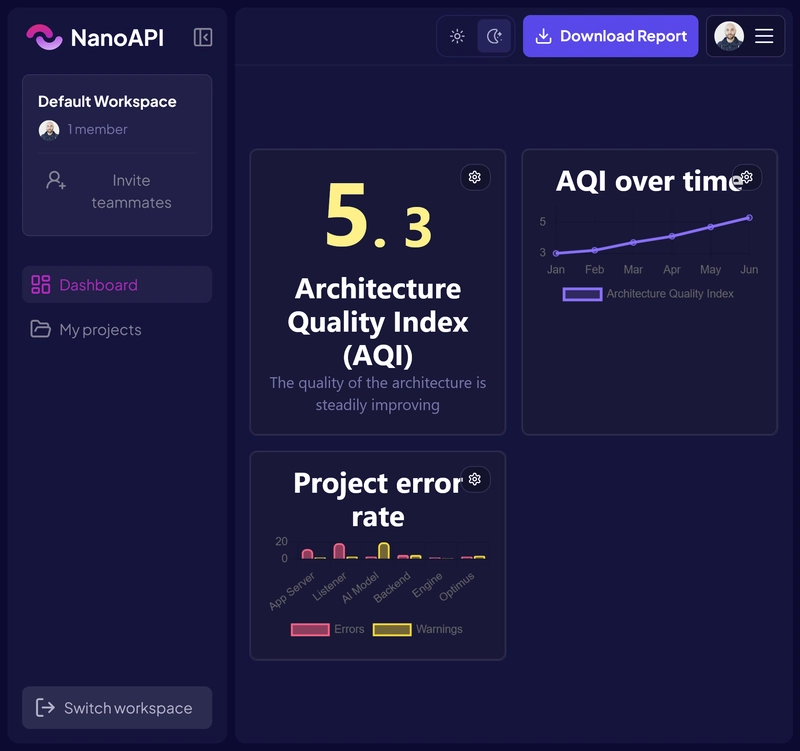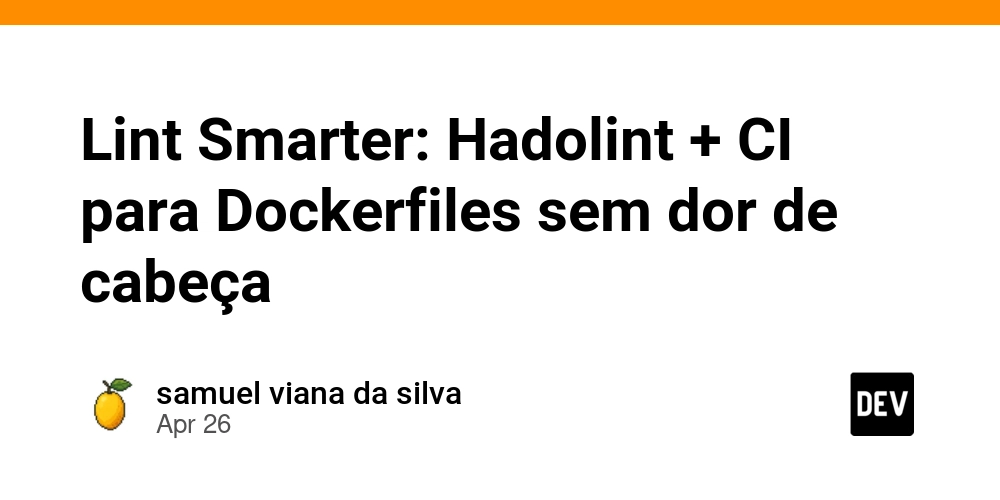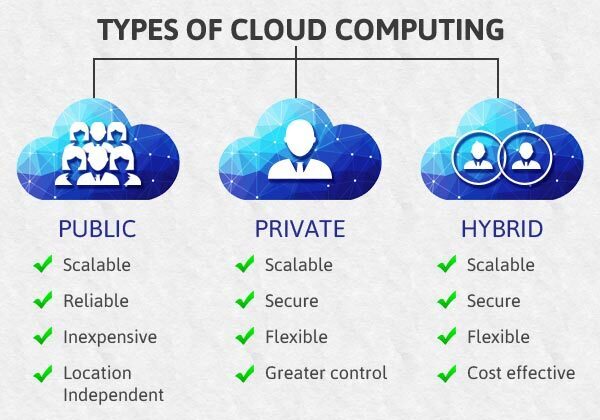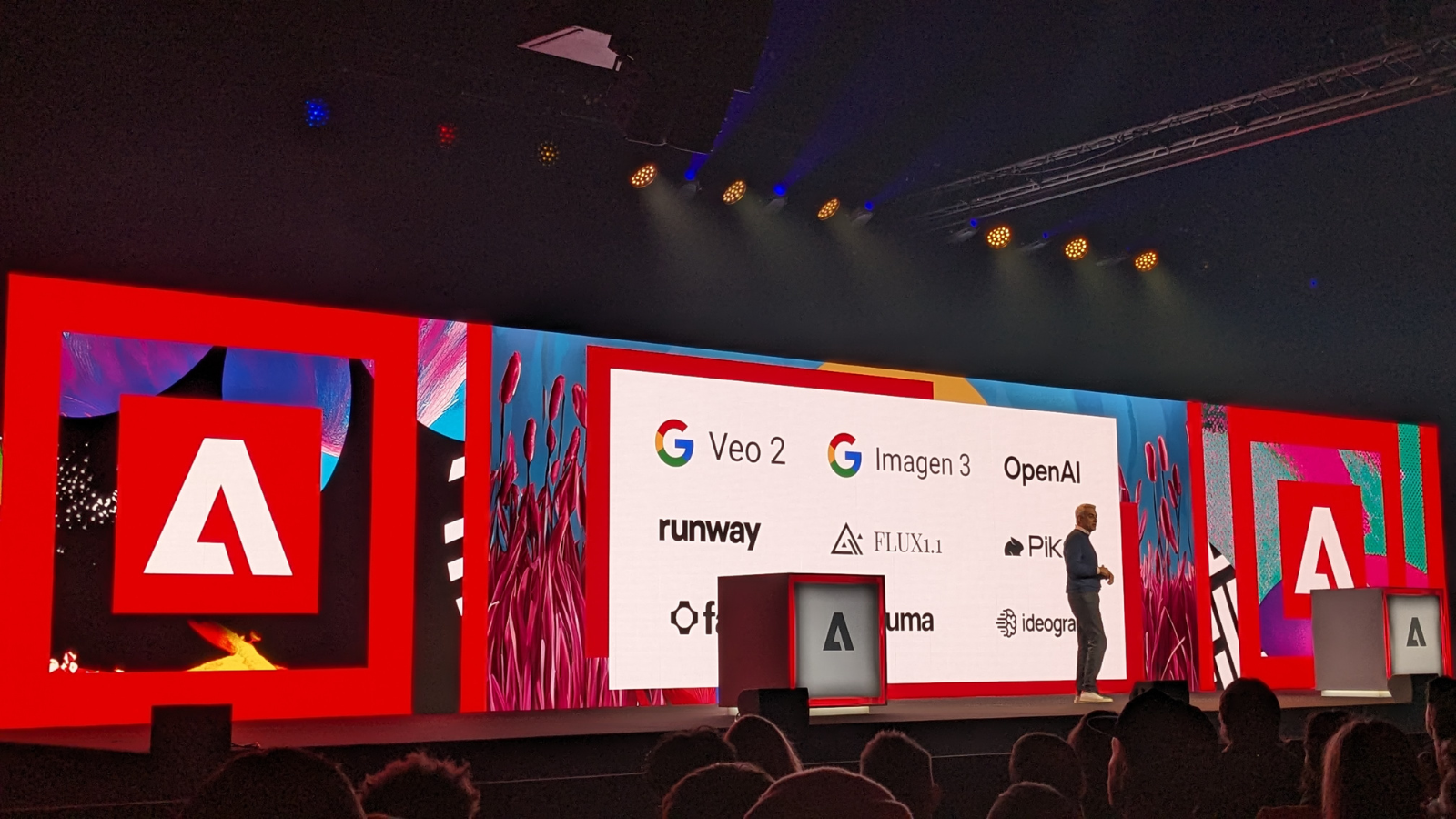The Value of Using Numbers to Convince Your PO/PM to Approve Refactoring
Why should we refactor? Every dev has their experience with technical debt, but convincing a PO/ (PM) to prioritize refactoring is often a battle. The issue is that POs/PMs think in terms of measurable business value but without hard data, and as technical debt is an invisible cost, refactoring sounds like an unnecessary cost. By presenting measurable metrics, you can prove that refactoring saves time, reduces costs, and improves stability, then POs/PMs, could be convinced otherwise. Why Refactoring Is Hard to Justify Why the resistance against refactoring? Because time spent improving “old” features or functionality is time taken away from developing new features. In the age of 2-week time-to-market thanks to AI, it’s now harder than ever to convince management of the need to delay new work. The “if it's not broken, don’t fix it” mantra within business logic, does not agree with the reality that the more code you have, the more expensive it is to maintain. The issue is that poorly maintained code leads to slower development, higher bug rates, and increased long-term costs. The Hidden Costs of Technical Debt Real costs of technical debt: Technical debt can have significant financial implications. A 2022 study estimated that enterprises face approximately $1.52 trillion in software technical debt. (Tonic Technical Debt 2022) Increased onboarding time for new engineers due to confusing code architecture. Scalability bottlenecks causing performance issues. Make Refactoring Make Sense to POs/PMs Refactoring isn’t just for the developers, it’s a business decision waiting to happen. Convince your PO/PM by speaking the language that they do- show them the numbers. Accomplishing this requires changing the conversation by showing your PO/PM the right metrics, by using data-driven reasoning tools: Incident reports & downtime caused by legacy code. Time spent debugging vs. building new features (e.g., 40% of sprint time is spent fixing old code). Overall architectural quality of both the codebase and the entire system, which can be tracked over time as a KPI. Having access to these metrics is not only valuable for PO/PMs to make decisions, it also allows developers to build the software in a way which makes the company acquirable in the future. "NanoAPI clarified our codebase, cut technical debt, and sped up releases." - Mahdi Pourismaiel CTO Unideck Acquisition and Customer Readiness Large customers and potential buyers of a business will both want to assess the architectural quality of your software. If your company doesn’t pass these audits, it could lead to millions lost in client and acquisition deals. Because this has a direct impact on the technical and non-technical leadership, this is a powerful bargaining chip for teams to use to get their refactoring efforts assigned into sprints. How NanoAPI Helps Then what we offer at NanoAPI: Automated Refactoring Insights – Get hard data on bottlenecks, dead code, and API inefficiencies. Architecture-level Visualizations - Spend less time during refactors by seeing exactly where the tech debt lies. Faster Onboarding - Get new developers up to speed 55% faster. Understand AI Code - Shine a light on AI-generated code within your systems to better understand how it affects your technical debt. Visual Reports & Metrics – Easily present refactoring benefits to management. Incremental Improvements – Refactor without disrupting active development. We believe software should be an open book, instead of a black box. Our open-source tool is aimed at helping teams to visualize, refactor, and modernize their architecture. Thereby making complex systems more transparent, maintainable, and efficient. We built NanoAPI because we’ve felt the pain of technical debt firsthand, digging through legacy systems, trying to make sense of tangled dependencies. That’s why we’re on a mission to give developers clarity and control over their codebase, without compromising security or performance. We’re creating a community by embracing open-source principles. Join our space, where developers, architects, and tech leaders can collaborate, share knowledge, and shape the future of software together. If you care about scalability, maintainability, and smarter software architecture, join us. Let’s build better systems, together. If your organization is suffering from these problems, please reach out to us via email or on https://nanoapi.io. Please star us on GitHub!⭐

Why should we refactor? Every dev has their experience with technical debt, but convincing a PO/ (PM) to prioritize refactoring is often a battle. The issue is that POs/PMs think in terms of measurable business value but without hard data, and as technical debt is an invisible cost, refactoring sounds like an unnecessary cost. By presenting measurable metrics, you can prove that refactoring saves time, reduces costs, and improves stability, then POs/PMs, could be convinced otherwise.
Why Refactoring Is Hard to Justify
Why the resistance against refactoring? Because time spent improving “old” features or functionality is time taken away from developing new features. In the age of 2-week time-to-market thanks to AI, it’s now harder than ever to convince management of the need to delay new work.
The “if it's not broken, don’t fix it” mantra within business logic, does not agree with the reality that the more code you have, the more expensive it is to maintain. The issue is that poorly maintained code leads to slower development, higher bug rates, and increased long-term costs.
The Hidden Costs of Technical Debt
Real costs of technical debt:
- Technical debt can have significant financial implications. A 2022 study estimated that enterprises face approximately $1.52 trillion in software technical debt. (Tonic Technical Debt 2022)
- Increased onboarding time for new engineers due to confusing code architecture.
- Scalability bottlenecks causing performance issues.
Make Refactoring Make Sense to POs/PMs
Refactoring isn’t just for the developers, it’s a business decision waiting to happen. Convince your PO/PM by speaking the language that they do- show them the numbers.
Accomplishing this requires changing the conversation by showing your PO/PM the right metrics, by using data-driven reasoning tools:
- Incident reports & downtime caused by legacy code.
- Time spent debugging vs. building new features (e.g., 40% of sprint time is spent fixing old code).
- Overall architectural quality of both the codebase and the entire system, which can be tracked over time as a KPI. Having access to these metrics is not only valuable for PO/PMs to make decisions, it also allows developers to build the software in a way which makes the company acquirable in the future.
"NanoAPI clarified our codebase, cut technical debt, and sped up releases." - Mahdi Pourismaiel CTO Unideck
Acquisition and Customer Readiness
Large customers and potential buyers of a business will both want to assess the architectural quality of your software. If your company doesn’t pass these audits, it could lead to millions lost in client and acquisition deals.
Because this has a direct impact on the technical and non-technical leadership, this is a powerful bargaining chip for teams to use to get their refactoring efforts assigned into sprints.
How NanoAPI Helps
Then what we offer at NanoAPI:
- Automated Refactoring Insights – Get hard data on bottlenecks, dead code, and API inefficiencies.
- Architecture-level Visualizations - Spend less time during refactors by seeing exactly where the tech debt lies.
- Faster Onboarding - Get new developers up to speed 55% faster.
- Understand AI Code - Shine a light on AI-generated code within your systems to better understand how it affects your technical debt.
- Visual Reports & Metrics – Easily present refactoring benefits to management.
- Incremental Improvements – Refactor without disrupting active development.
We believe software should be an open book, instead of a black box. Our open-source tool is aimed at helping teams to visualize, refactor, and modernize their architecture. Thereby making complex systems more transparent, maintainable, and efficient. We built NanoAPI because we’ve felt the pain of technical debt firsthand, digging through legacy systems, trying to make sense of tangled dependencies. That’s why we’re on a mission to give developers clarity and control over their codebase, without compromising security or performance.
We’re creating a community by embracing open-source principles. Join our space, where developers, architects, and tech leaders can collaborate, share knowledge, and shape the future of software together. If you care about scalability, maintainability, and smarter software architecture, join us. Let’s build better systems, together.
If your organization is suffering from these problems, please reach out to us via email or on https://nanoapi.io.


























































































































































![[The AI Show Episode 143]: ChatGPT Revenue Surge, New AGI Timelines, Amazon’s AI Agent, Claude for Education, Model Context Protocol & LLMs Pass the Turing Test](https://www.marketingaiinstitute.com/hubfs/ep%20143%20cover.png)































































































































![[FREE EBOOKS] AI and Business Rule Engines for Excel Power Users, Machine Learning Hero & Four More Best Selling Titles](https://www.javacodegeeks.com/wp-content/uploads/2012/12/jcg-logo.jpg)












































































































































































































































![Hostinger Horizons lets you effortlessly turn ideas into web apps without coding [10% off]](https://i0.wp.com/9to5mac.com/wp-content/uploads/sites/6/2025/04/IMG_1551.png?resize=1200%2C628&quality=82&strip=all&ssl=1)


![This new Google TV streaming dongle looks just like a Chromecast [Gallery]](https://i0.wp.com/9to5google.com/wp-content/uploads/sites/4/2025/04/thomson-cast-150-google-tv-1.jpg?resize=1200%2C628&quality=82&strip=all&ssl=1)













![Apple Drops New Immersive Adventure Episode for Vision Pro: 'Hill Climb' [Video]](https://www.iclarified.com/images/news/97133/97133/97133-640.jpg)

![Most iPhones Sold in the U.S. Will Be Made in India by 2026 [Report]](https://www.iclarified.com/images/news/97130/97130/97130-640.jpg)
![Apple to Shift Robotics Unit From AI Division to Hardware Engineering [Report]](https://www.iclarified.com/images/news/97128/97128/97128-640.jpg)

































































































































